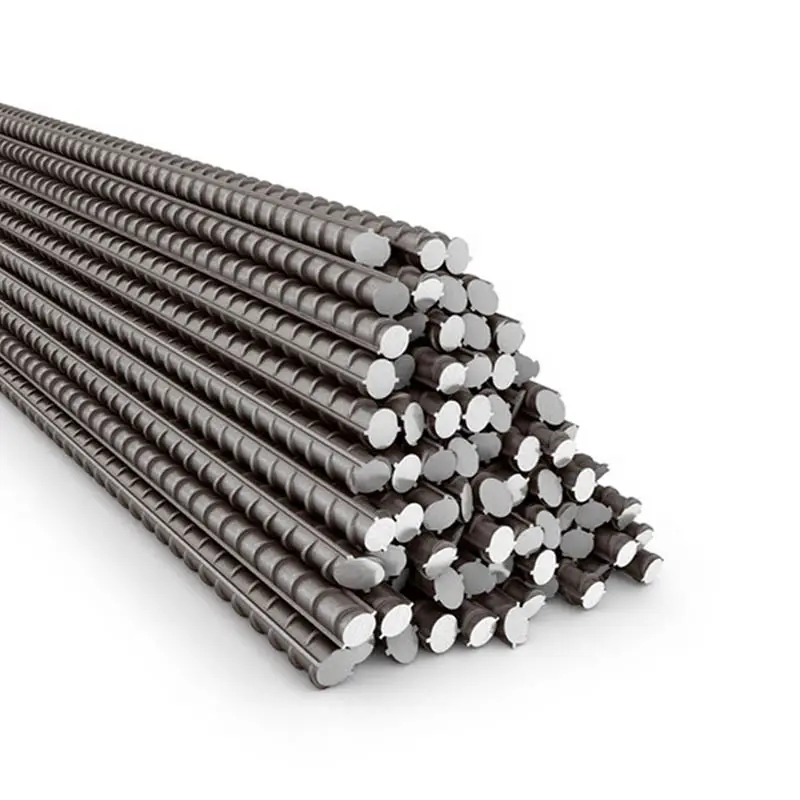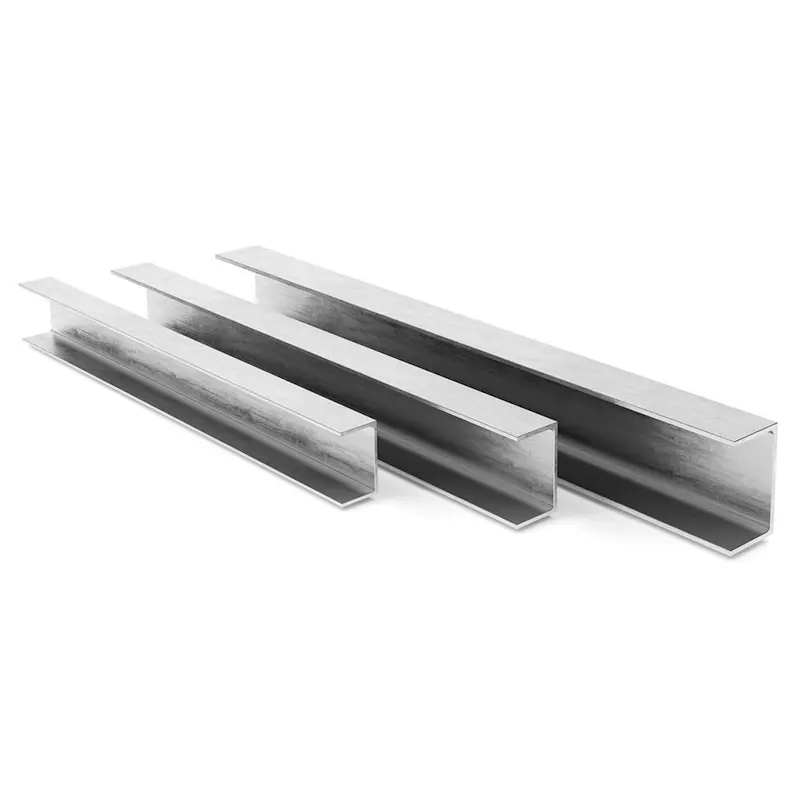High strength construction rebar is designed for demanding applications requiring superior load bearing capacity, such as high rise buildings, bridges, and nuclear facilities. These rebars have yield strengths ≥500 MPa, achieved through microalloying (vanadium, niobium, titanium) or thermo mechanical treatment, resulting in fine grained microstructures that combine strength (500–600 MPa) with ductility (Agt ≥7.5% for seismic compliance). Common grades include HRB 500 (China), ASTM A1035 (USA, 550 MPa yield), and BS 8666 Grade 600B (Europe, 600 MPa), featuring advanced rib configurations (e.g., three dimensional ribs in GB/T 1499.2) to enhance bond strength by 25% compared to conventional rebars. Key advantages include reduced material usage (20–30% less steel than Grade 400 rebars) and improved fire resistance, maintaining 80% strength at 300°C for 2 hours. Quality control involves stringent testing: ultrasonic testing for internal defects, fatigue testing (2 million cycles at 60% yield strength), and corrosion potential testing (ASTM G59) for coated products. Applications span megaprojects like skyscrapers (core wall reinforcements), long span bridges (deck slabs), and industrial plants (equipment foundations), with compliance to rigorous standards such as AISC 341 (seismic steel structures) and EN 1992 1 1 (Eurocode 2). Manufacturers often provide finite element analysis support to optimize rebar layouts, reducing construction costs while ensuring safety margins for extreme load cases.


